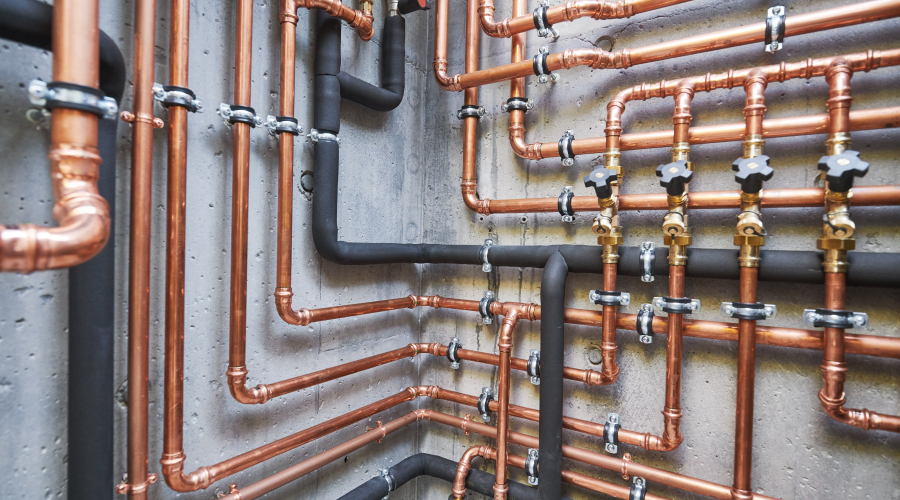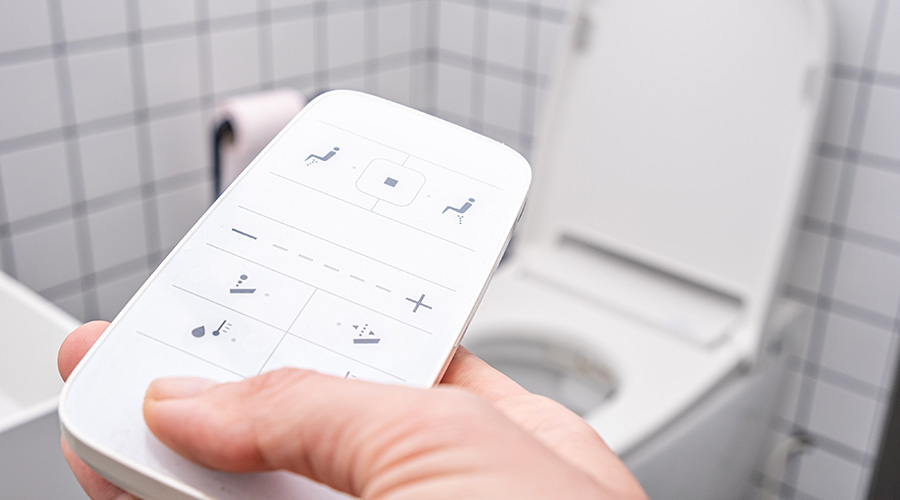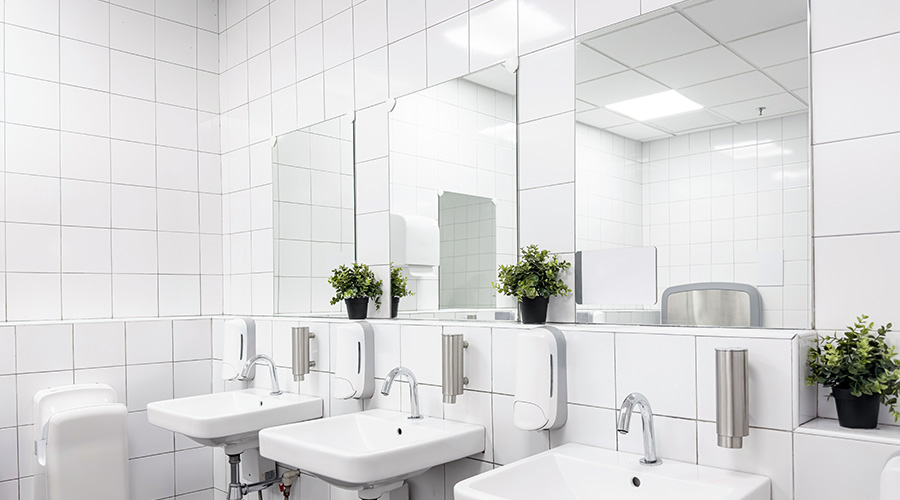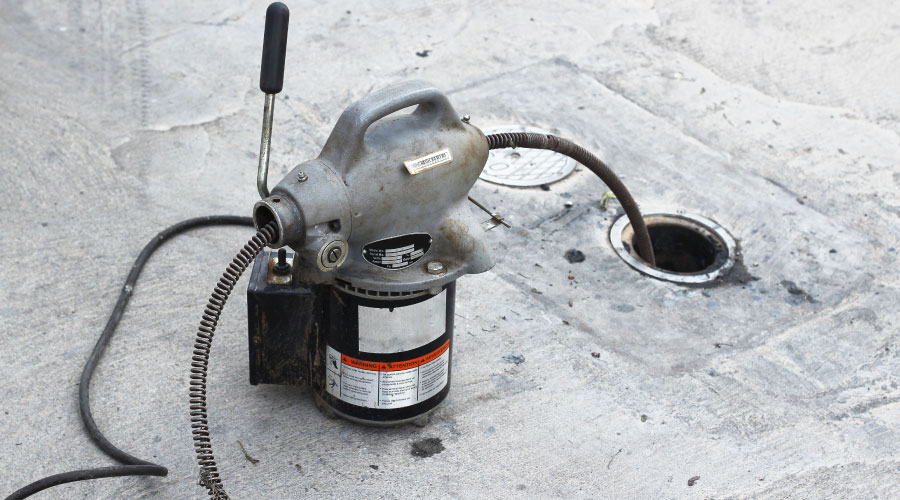Drain Cleaning: Managers Specify Reels, Cameras Based on Drain Size
Managers can specify reels and cameras based largely on the size of the drain line and application.
For example, for toilet, sink, and small lines, managers can choose a micro-version designed for drain lines that are 1 inches to 3 inches in diameter. Smaller cameras on these units can navigate through smaller lines and toilet traps that have smaller turning radiuses.
The cameras have a generous 30-foot cable length to reach further into connecting lines. Camera sizes range from 7/8 inches in diameter by 7/8 inches long to 1-3/8 inches in diameter by 1-7/8 inches long.
Managers can select versions with counters that show footage as the pushrod is played out and others with the self-leveling feature to keep the view right-side up.
Lighter-duty units generally weigh 7-11 pounds, while industrial units can weigh 24-43 pounds. Cable diameters range from inch to almost inch. Light-emitting diodes (LED) provide the lighting, and 18-volt lithium-ion batteries provide 2-5 hours of continuous inspection.
Color or black-and-white monitors are available, and recorders make it possible for users to create video images for future comparison or when discussing results with management.
If portability is an issue, hand-held units offer many of the features of the larger cable-and-reel systems. For example, one hand-held model:
- offers a 3.5-inch, color liquid-crystal display with 320-by-240 resolution that can capture high-resolution images or video
- records images via internal memory or a secure digital card
- can transfer files to a computer via USB cable
- offers image controls that include pan, 3X zoom, self-leveling, and low-light vision
- features four fully adjustable LEDs
- measures only 0.7 inches in diameter with a 3-foot cable that can extend 30 feet
- is waterproof down to 10 feet when properly assembled
- is powered by a rechargeable, lithium-ion battery that provides four hours of continuous run-time.
Some manufacturers offer a loan or lease arrangement, which might be the best option for managers who only need such a unit intermittently, need a replacement while purchased equipment is being serviced, or are uncertain about the right equipment for certain applications and want to try it before purchasing.
Finally, managers must consider versatility when selecting pipeline inspection-and-locator equipment. Many units can perform other vital tasks, expanding the value proposition through greater use and enhancing chances of budgetary approval.
Other uses for these units include: tracing buried telecommunications lines and electrical cable; tracing and inspecting electrical-distribution conduit and cable in walls or floors; and inspecting HVAC ductwork. Managers should ask the manufacturer about additional applications that will make the inspection system more useful and shorten payback time.
Related Topics:














